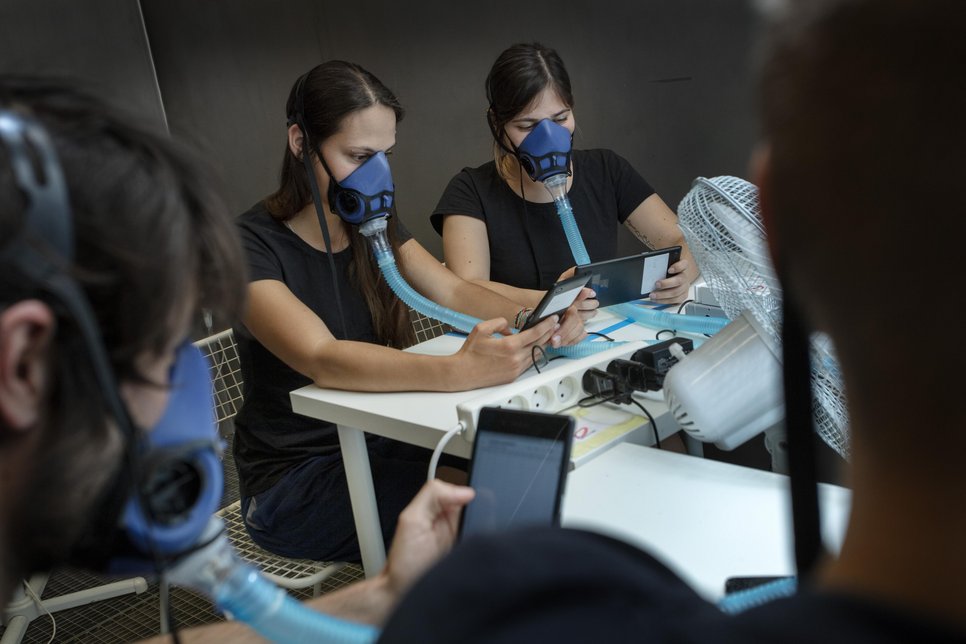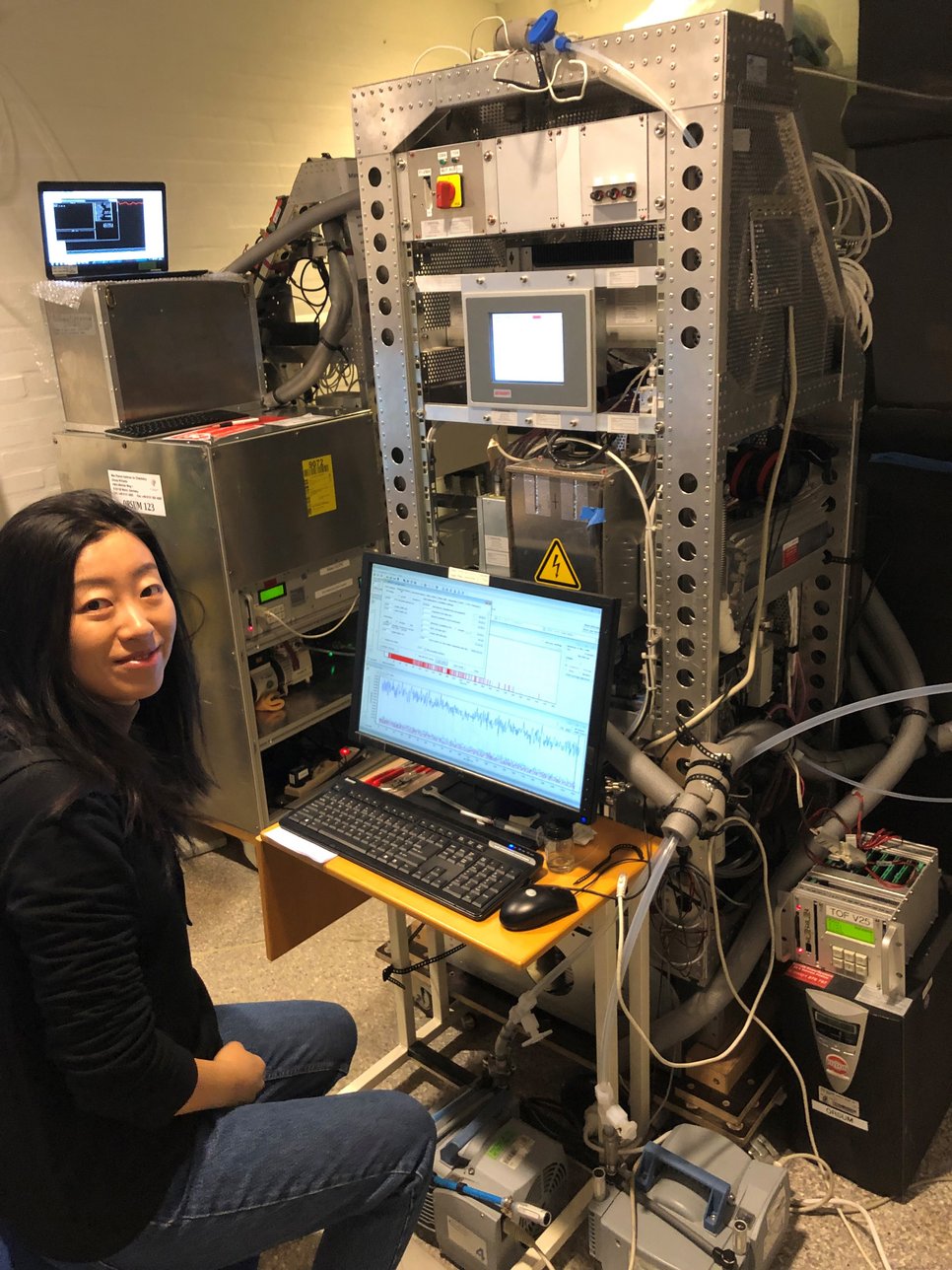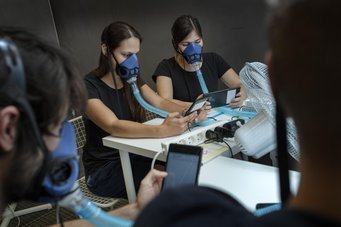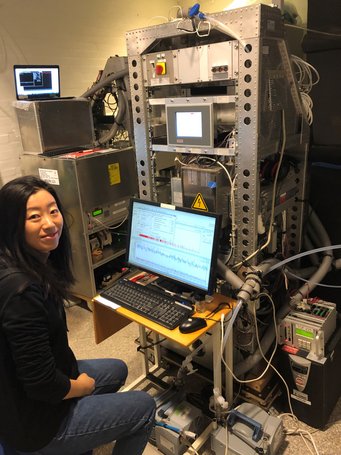How humans affect indoor air
Humans emit significant amounts of chemical compounds in indoor environments. Several studies published by scientists from the Max Planck Institute for Chemistry now show the extent to which we influence the air in enclosed spaces.
Human bodies can have a strong impact on the chemical composition of indoor air. Through our skin and breath, we emit a complex mixture of compounds that can react within the surrounding environment. Not only does outdoor air pollution play an important role in human health, but indoor air quality as well, as we spend most of our time indoors - and this has increased since the coronavirus pandemic. While buildings protect us from outdoor pollution to some extent, they increase our exposure to chemicals generated in the home. It is therefore particularly important to understand how human emissions affect the composition of indoor air.

An international team of scientists led by Max Planck Institute for Chemistry has now conducted a series of experiments in order to analyze and identify the exact nature and chemistry of human emissions indoors. The results have been published recently in five scientific papers.
“What we´ve been looking at was the total human trace gas emission profile and which specific compounds come from the skin and the breath”, says Jonathan Williams, group leader at Max Planck Institute for Chemistry. The scientific team measured the total reactivity of human emissions for the first time and found how sensitive it was to the presence of ozone, one of the most important indoor oxidants. “When ozone reacts with the oils on the skin, it releases lots of reactive compounds. Just by opening the window, we let more ozone in and we generate more of these reactive compounds in the air.” explains Williams. What influence these substances have on the human body needs to be further researched.
Another aspect the scientists focused on during their experiments were large biological particles and ammonia coming from the skin. “As clothes rub on our skin, we release flakes of particles into the air, and the warmer we get the more ammonia comes from the skin”, explains Williams. If we keep the house cool and wear long trousers and shirts we add self-made particles to those entering from outside, while if we turn up the thermostat and wear T-shirts and shorts we will emit lots more ammonia and alter the pH of the surfaces in our home. The results make clear that how we choose to live will impact the indoor chemistry.

The scientists see a great need for research into the relationship between outdoor air pollution and indoor air composition. As air enters a building the distributions of sizes within the aerosol is changed and those particles that remain in the air can uptake chemicals released indoors so that they can be transported deep into the lungs. In addition, temperature, humidity and chemical substances in the indoor air can change the composition of the fine particles in ways that are not well understood.
The experiments were conducted in a stainless-steel climate-controlled chamber occupied by four people located at the Technical University of Denmark. The participants wore special clothing washed with a fragrance-free detergent. The scientists then conducted measurements varying the temperature, the relative humidity, the age of the people, and the amount of ozone in the chamber as well as the type of clothing the participants wore.
The team around Jonathan Williams intends to go back to the climate chamber in Copenhagen for another set of experiments later this year. During this new campaign they will explore how human emissions change while exercising as well as in relation to personal hygiene. Furthermore, the scientists will comprehensively measure the changes in emissions that occur when the participants are wearing a mask. “Nowadays we are all wearing masks. and so, it is important to see how face coverings influence the indoor air chemistry around us”, adds Williams.
The following MPIC colleagues contributed to the indoor air pollution studies: Nijing Wang, Lisa Ernle, Mengze Li and Nora Zannoni.

